A century ago when bygone Inverurie was still very much a country township, it was a popular holiday resort, attracting visitors from all over the country.
Residents of a certain age who went to school in Inverurie probably learned about the coat of arms and town motto ‘Urbs in Rure’, meaning town in the country.
But in the 1920s, the town council brought in a “progressive policy of improvements” to promote the country burgh and thriving town as a holiday destination.
Inverurie was ‘charming retreat’ for the city dweller
It was easy to access by road and rail – and the town council could see potential.
They advertised Inverurie as “a charming retreat for the city worker, with its bracing air, pleasant walks, delightful scenery, excellent sporting facilities, and antiquitarian and historical associations”.
Families from bigger cities down south would come to Inverurie to seek pleasure and “vivifying” health benefits.
It was said those who had ‘discovered’ Inverurie as a holiday destination were so enamoured with the town they were practically missionaries, spreading the word about all it had to offer.
Despite being busy at the height of the season, the town was never said to be overcrowded.
In addition to its hotel boarding houses, many residents hired out rooms within their homes to visitors at reasonable rates.
‘First class’ tennis courts and bowling greens near town centre
Inverurie was described as “the essence of cleanliness where the buildings and streets were well laid out”.
It was described as looking modern, because there was only one thatched cottage left in the town.
While agricultural auctions on market days were “an unfailing source of entertainment” to those not used to the salesmen’s quips and jokes.
Part of Inverurie’s attraction as a resort was its recreational offerings.
The River Don was described as one of the best trouting streams in Scotland, while those looking for something more energetic could while away time on the town’s three lawn tennis courts.
Both the tennis courts and bowling green were in “first-class condition” and “conveniently situated” off the High Street, commanding views over to Keithhall.
Golf course and pleasure park added to Inverurie’s leisurely pursuits
Anybody after more gentle leisurely pursuits could enjoy taking in some of Inverurie’s ancient history.
Visitors could visit the site of the bloody battle of Harlaw, or the “peculiar landmark” The Bass, within the walls of the old cemetery.
Those who liked castles could visit the ruins of Balqhuain where Mary Queen of Scots spent a night.
Venturing to the river, “strolls by the winding Don and pleasant siestas on its shaded banks” were said to “fill in the time of the visitor who does not want to go far afield”.
To the west of the town was the new nine-hole golf course on the farmlands of Ardtannes and Upperboat.
It was laid out by John McAndrew and George Smith, both well-known golfers and golf course architects.
The course was said to have a “very picturesque position” overlooking the beautiful policies of Keithhall and commanding “a magnificent view of the Don Valley”.
And around 1925, an attractive pleasure park was laid out near the golf course, better known as Kellands Park today.
The park had “a dainty little pond placed in an alluring position” where children could “paddle as much as they cared, sail boats, or amuse themselves in one thousand and one ways”.
There were also swings to “delight the young folks”, with plenty of space available for cricket and football.
Gallery: Photos of Inverurie in bygone days
If you enjoyed this, you might like:
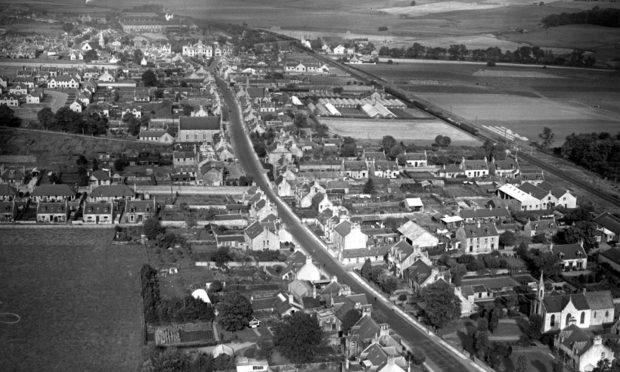
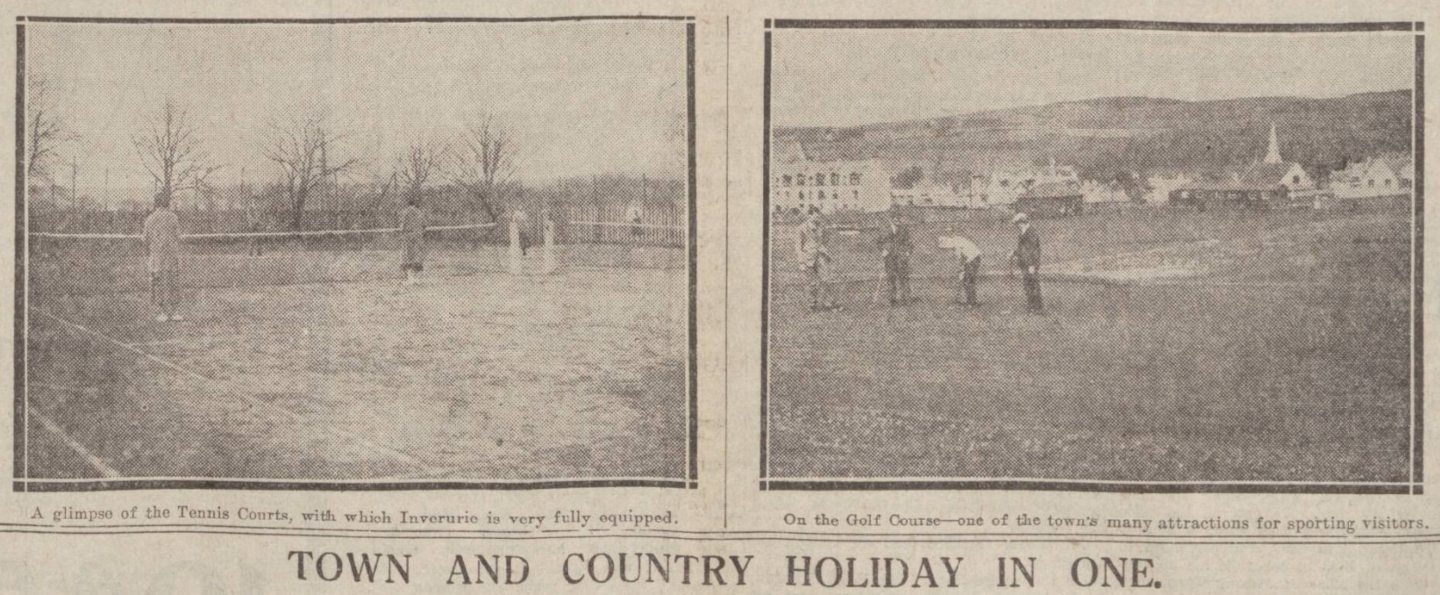
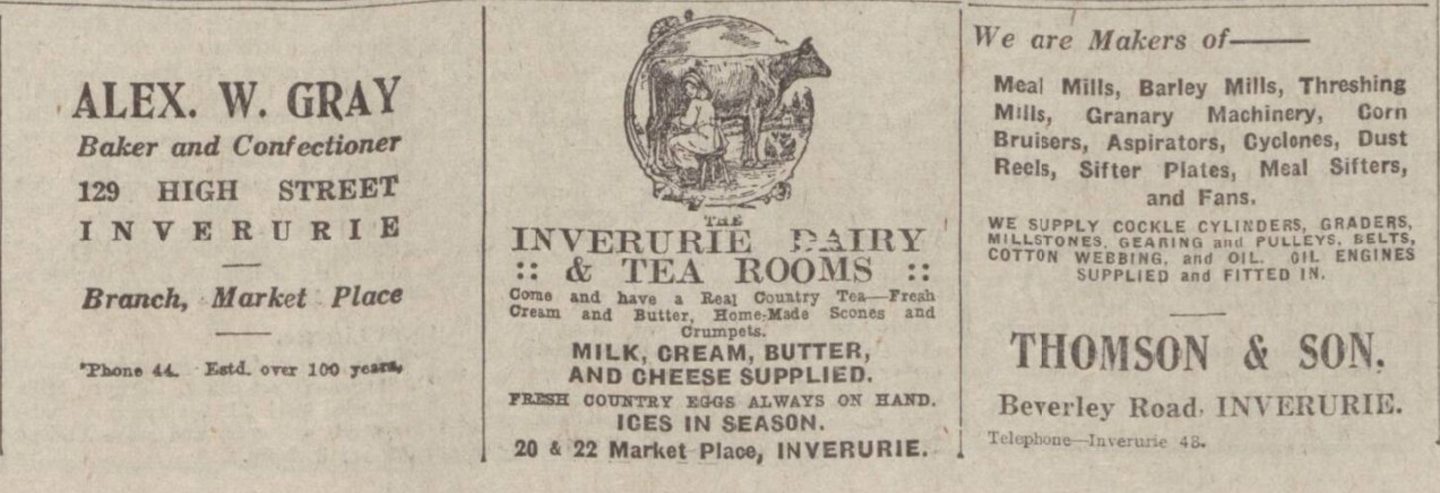
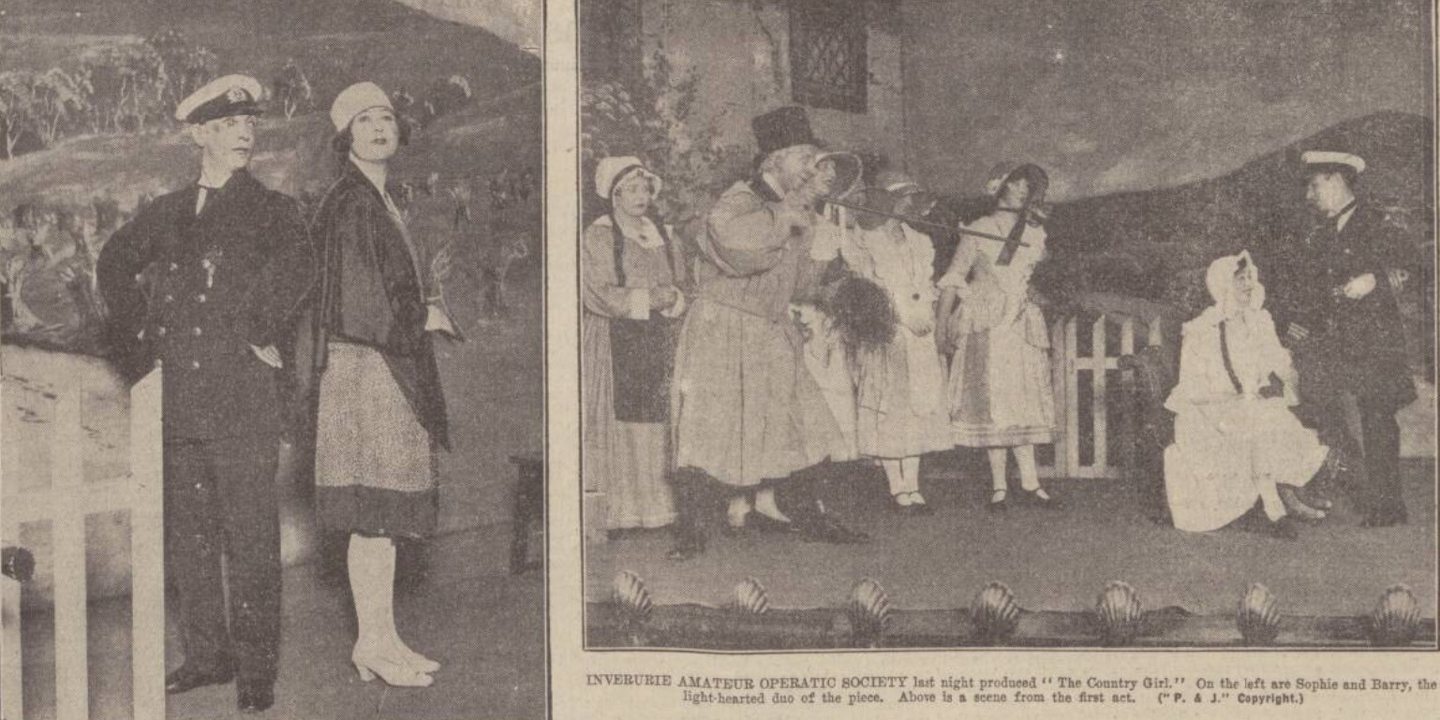
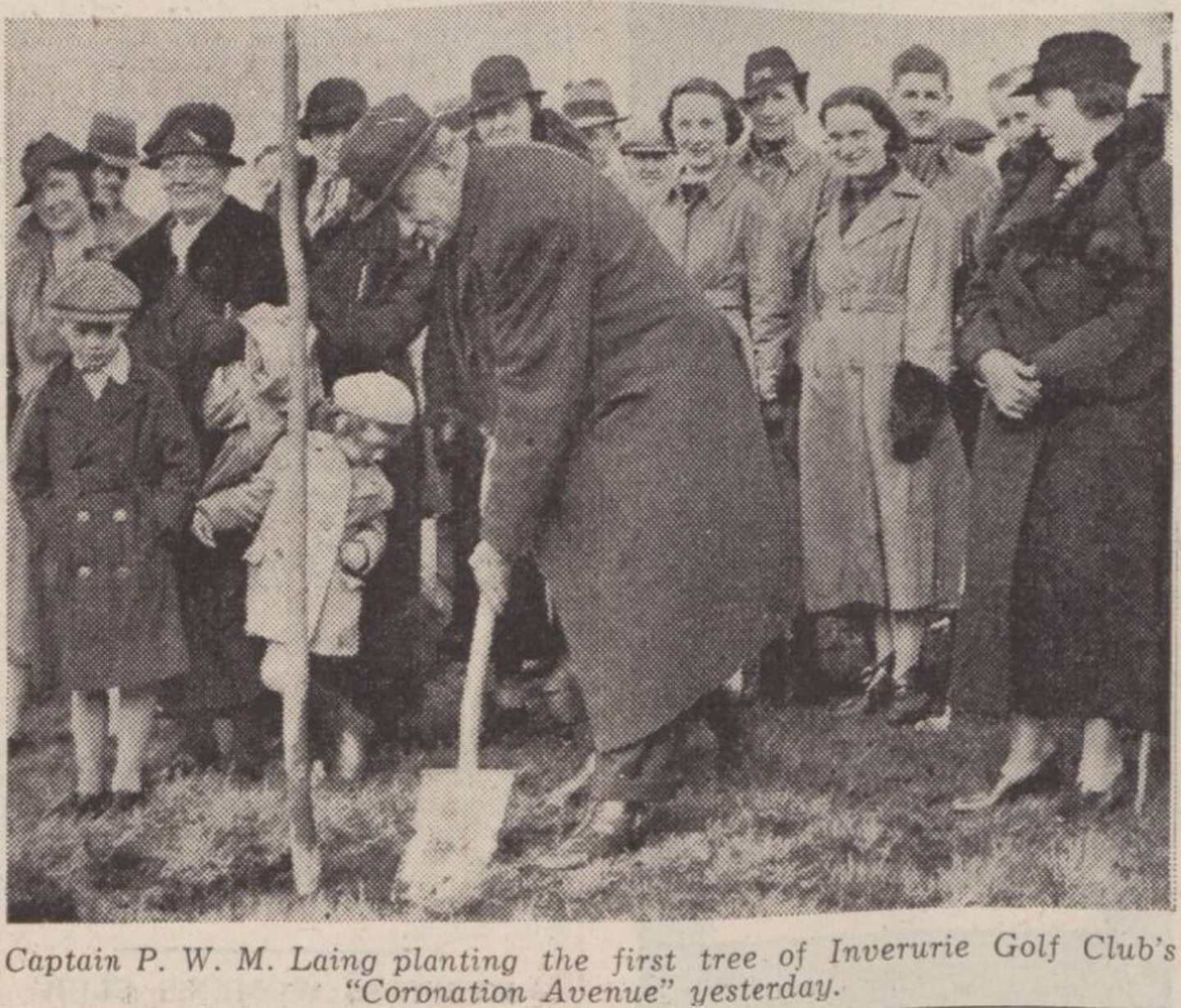
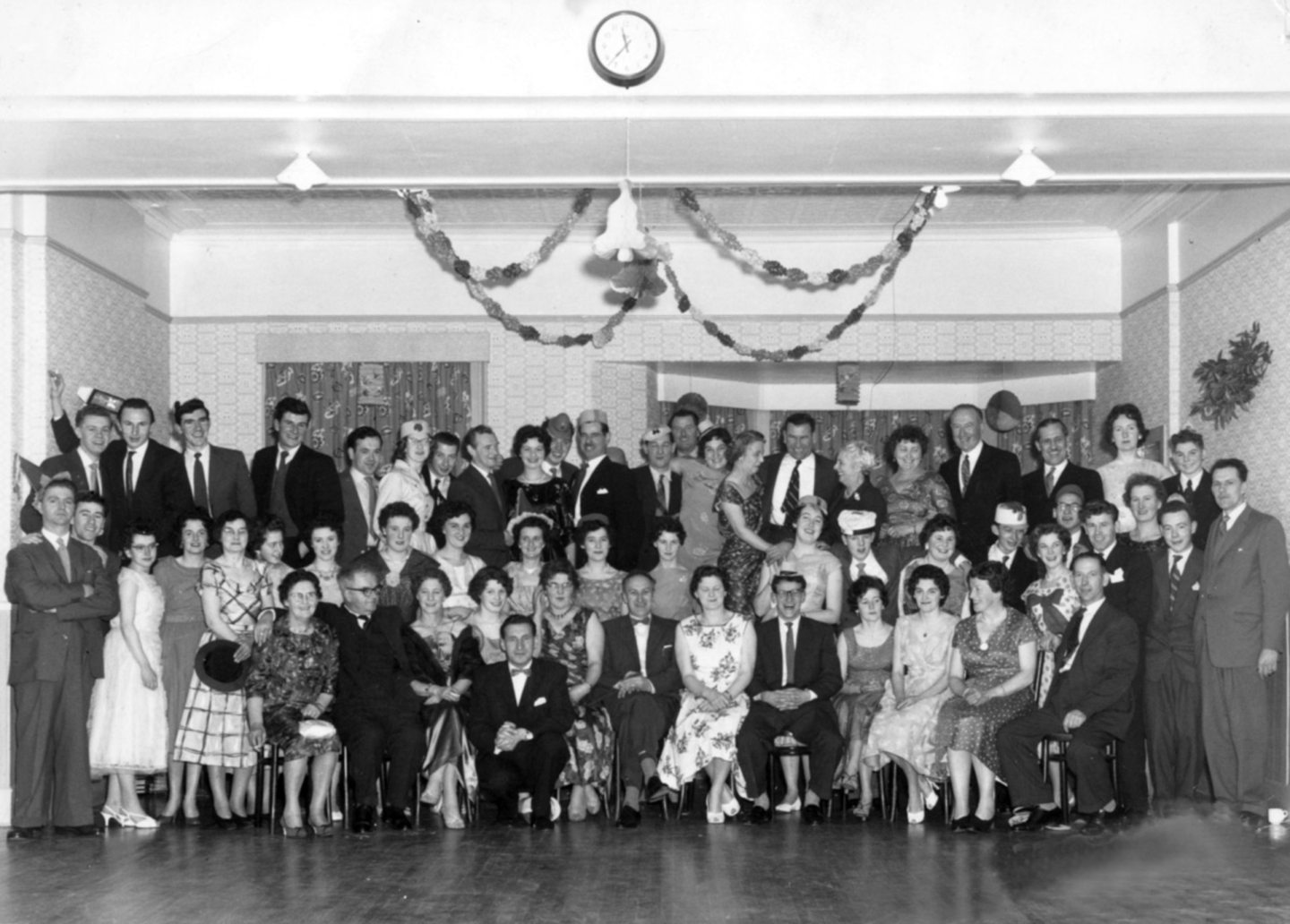
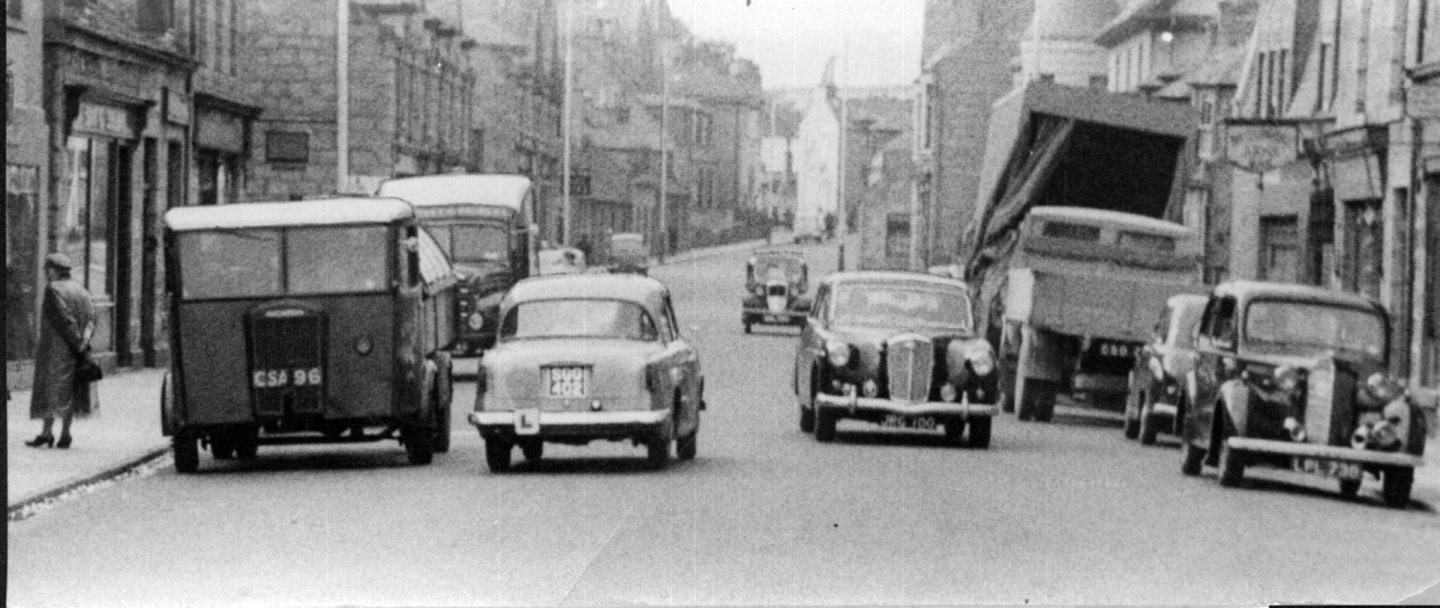
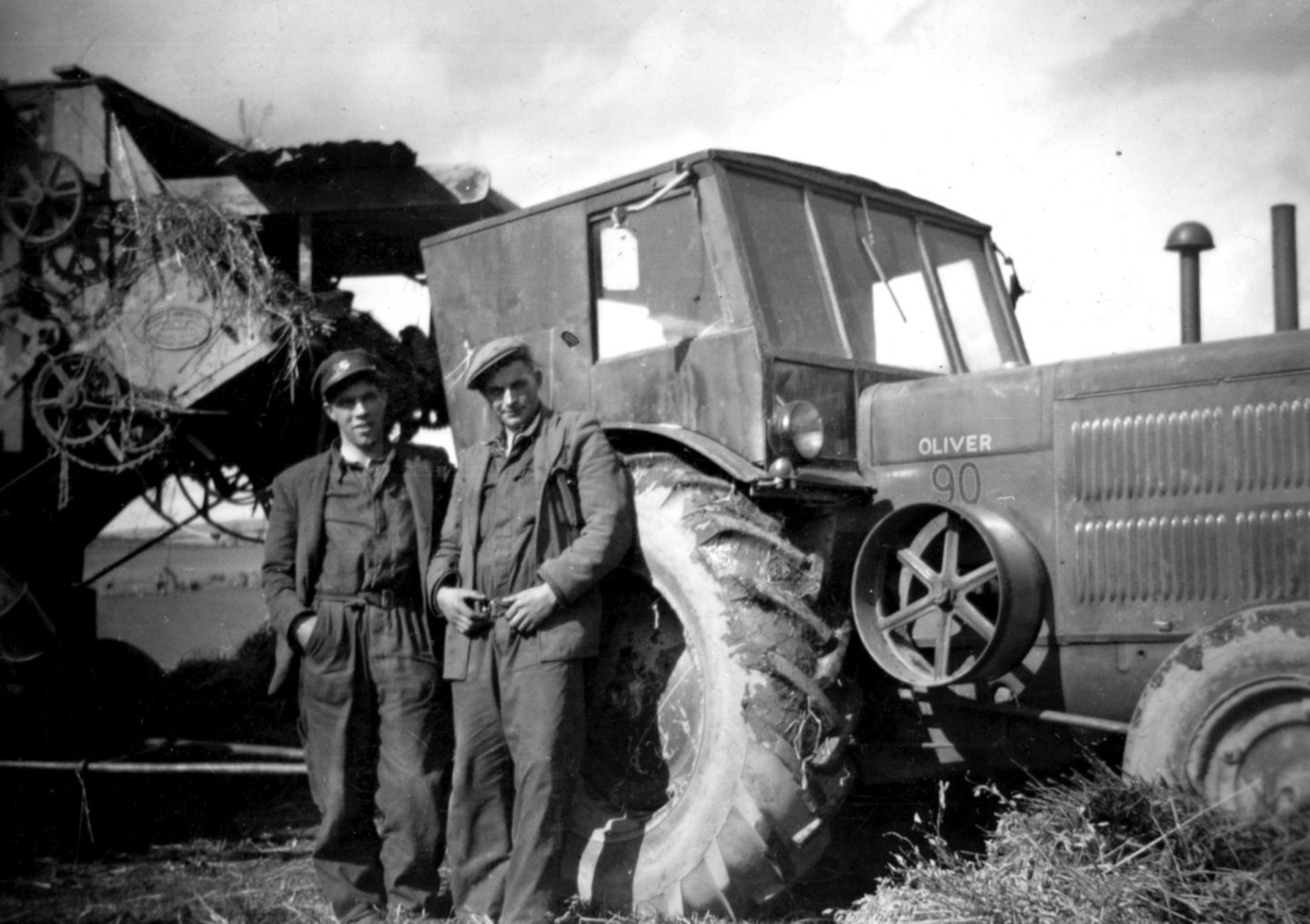
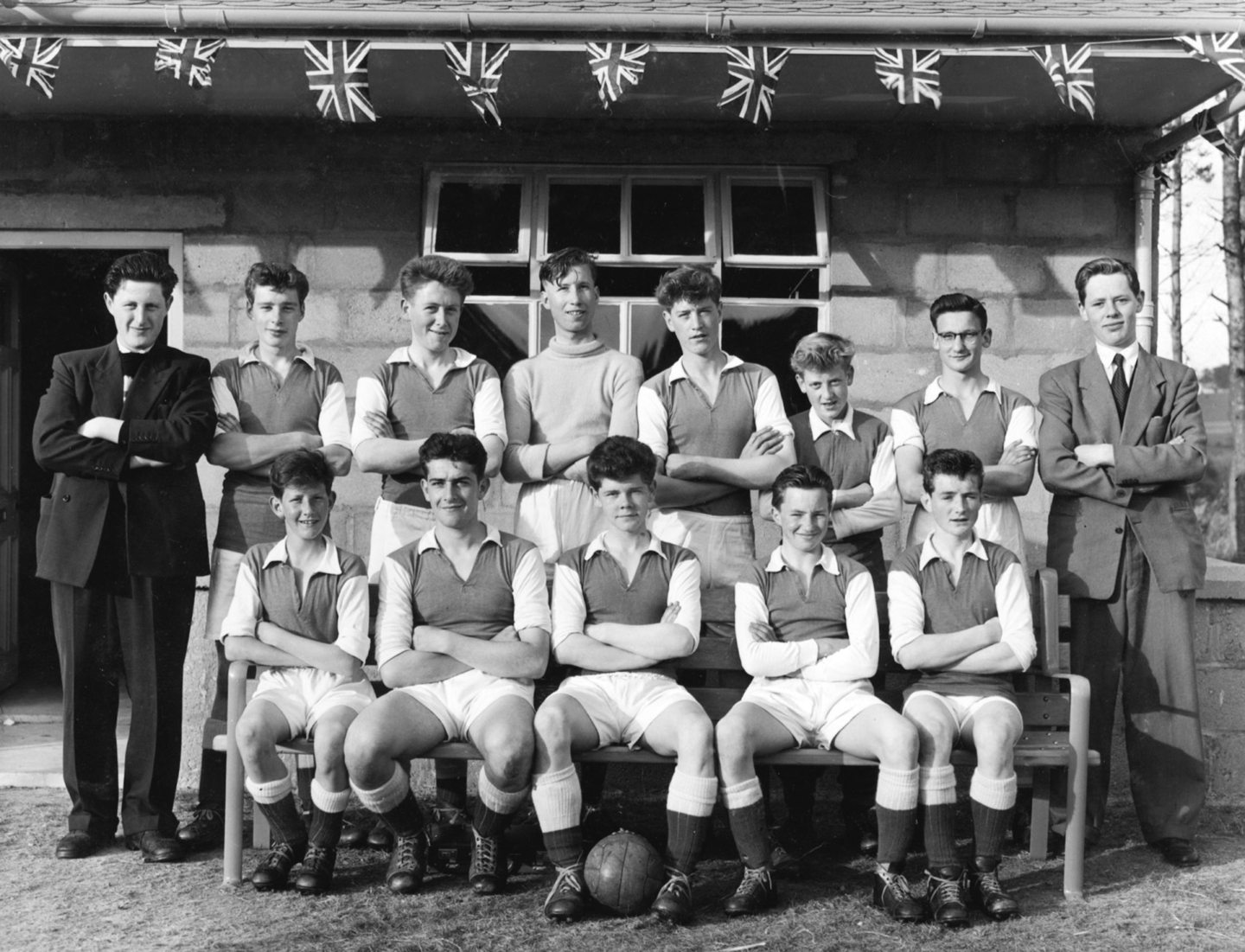
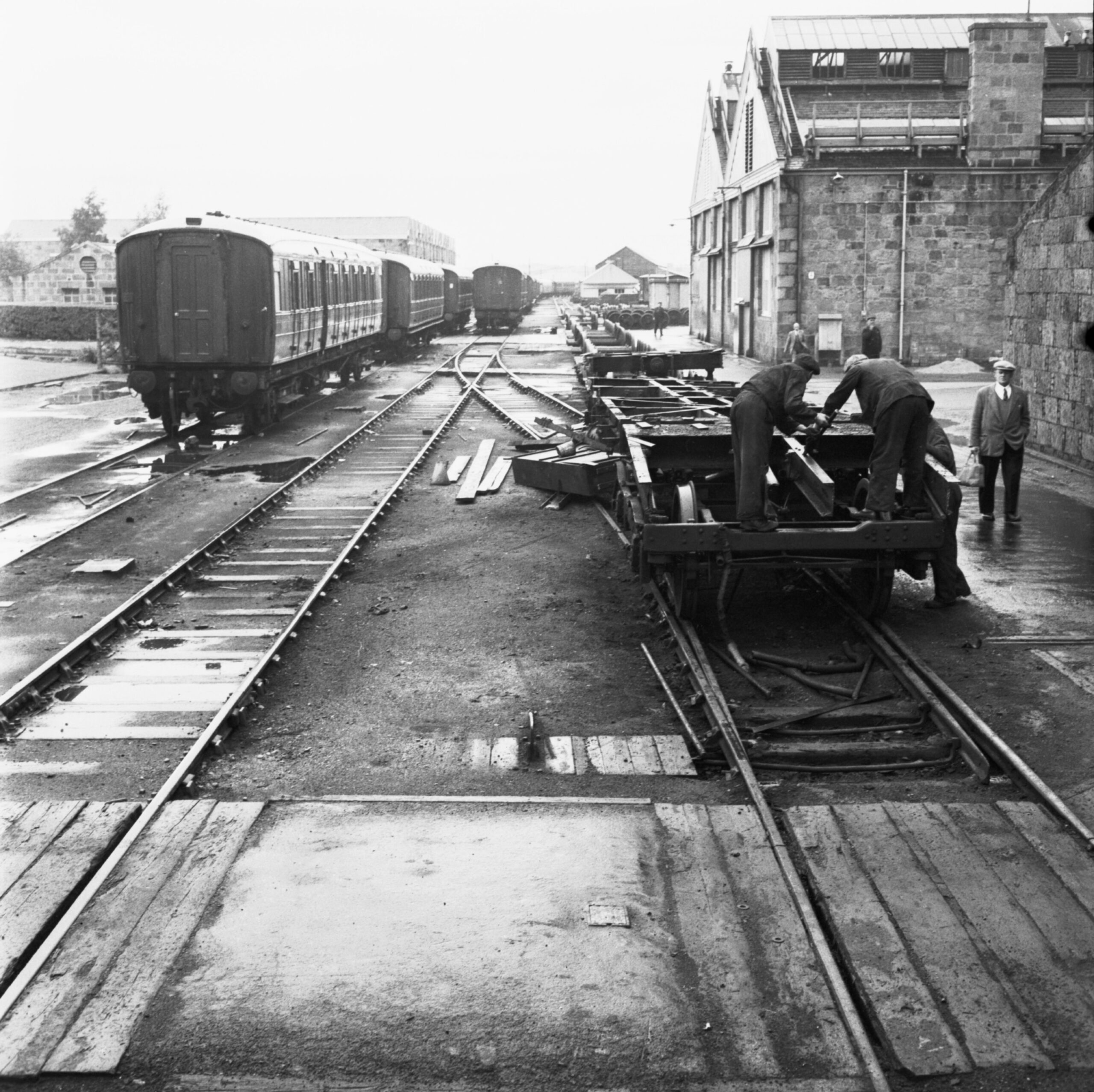
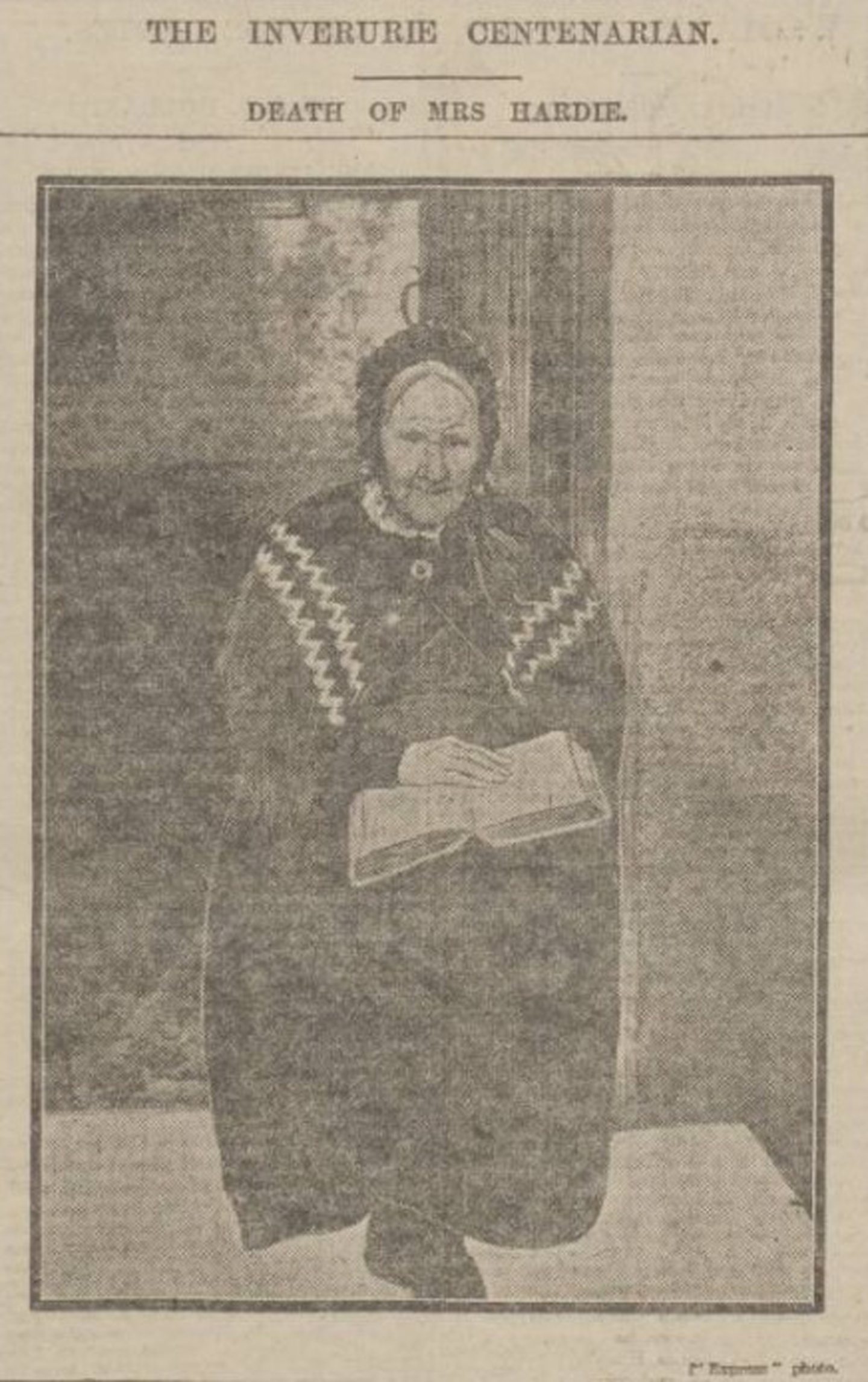
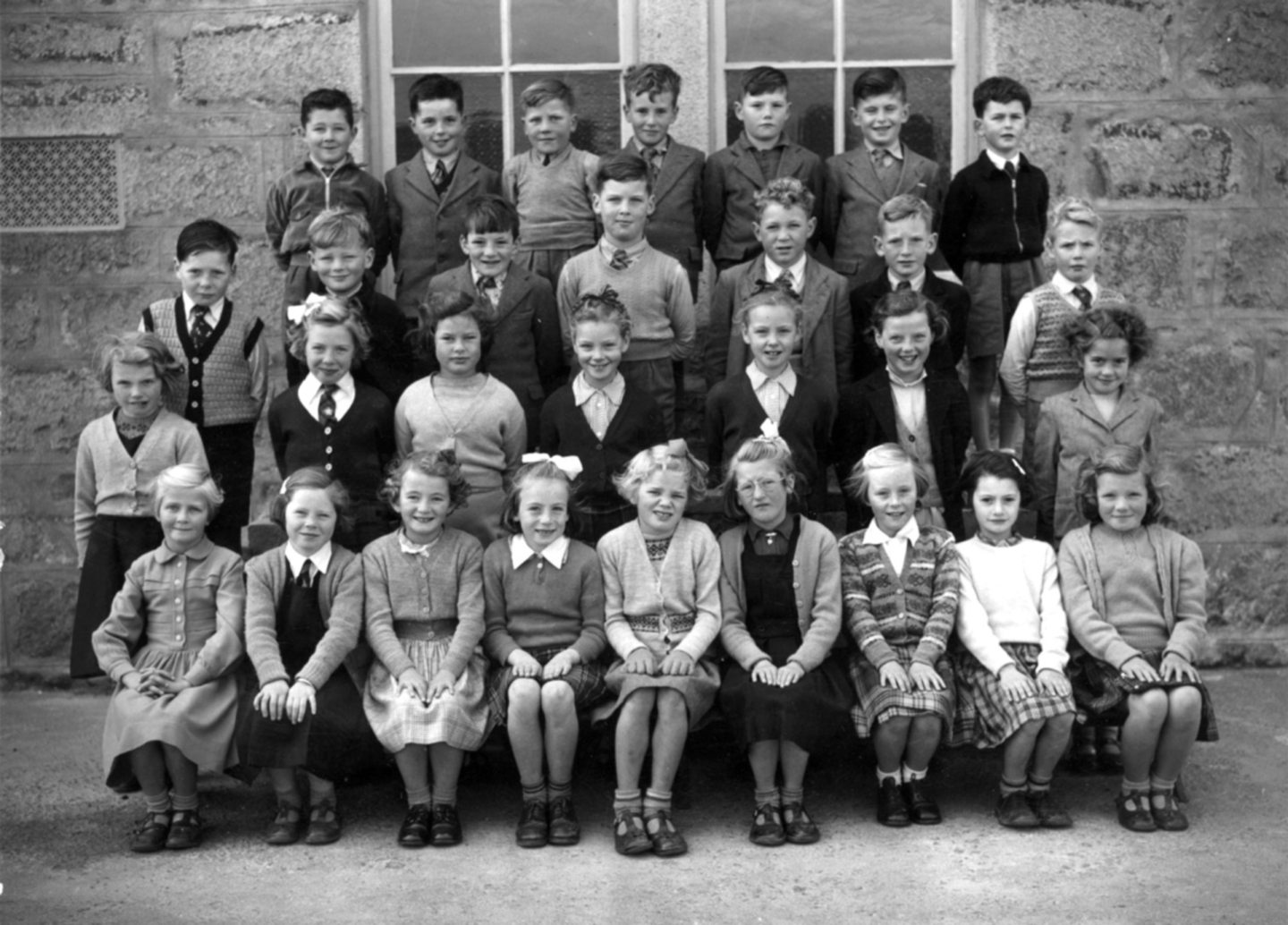
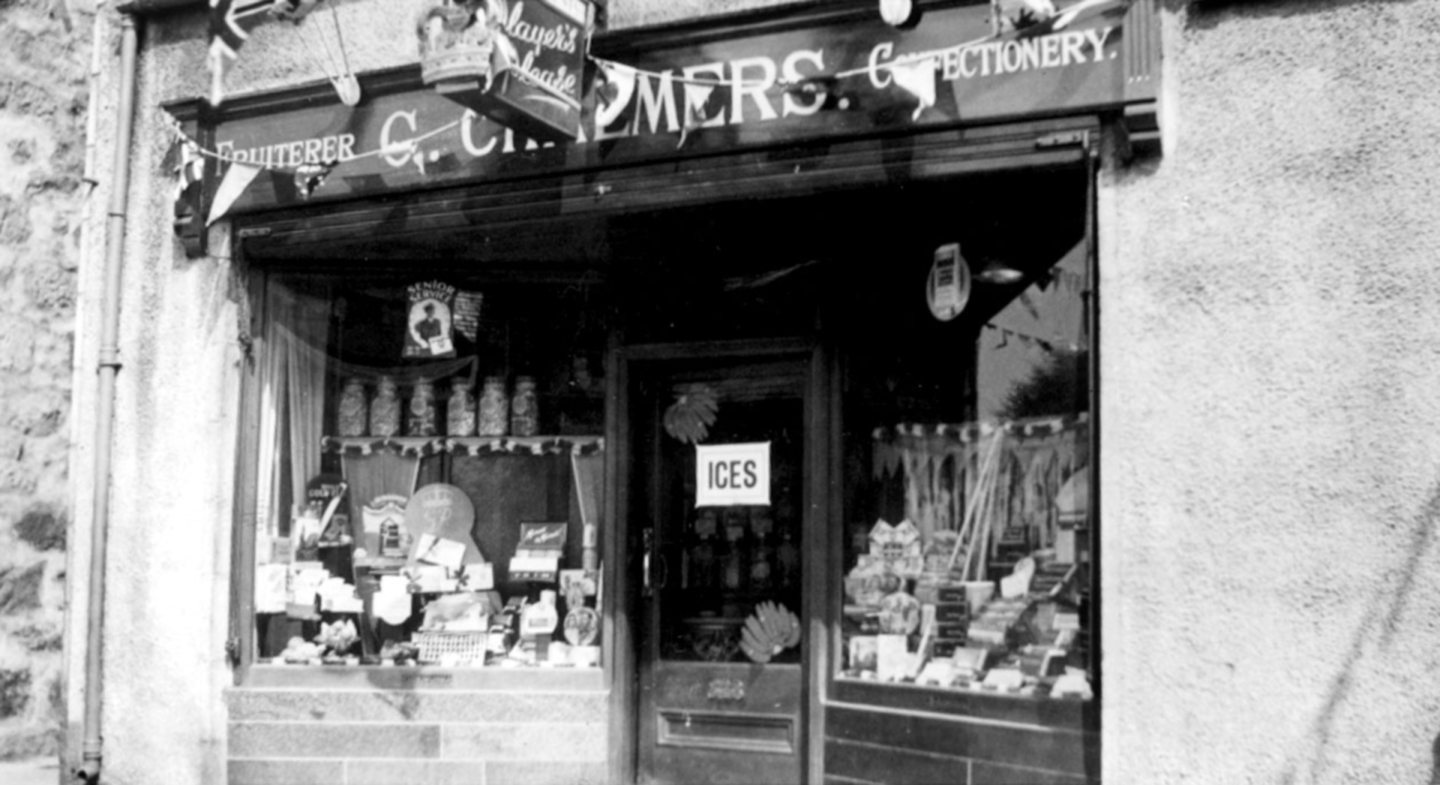
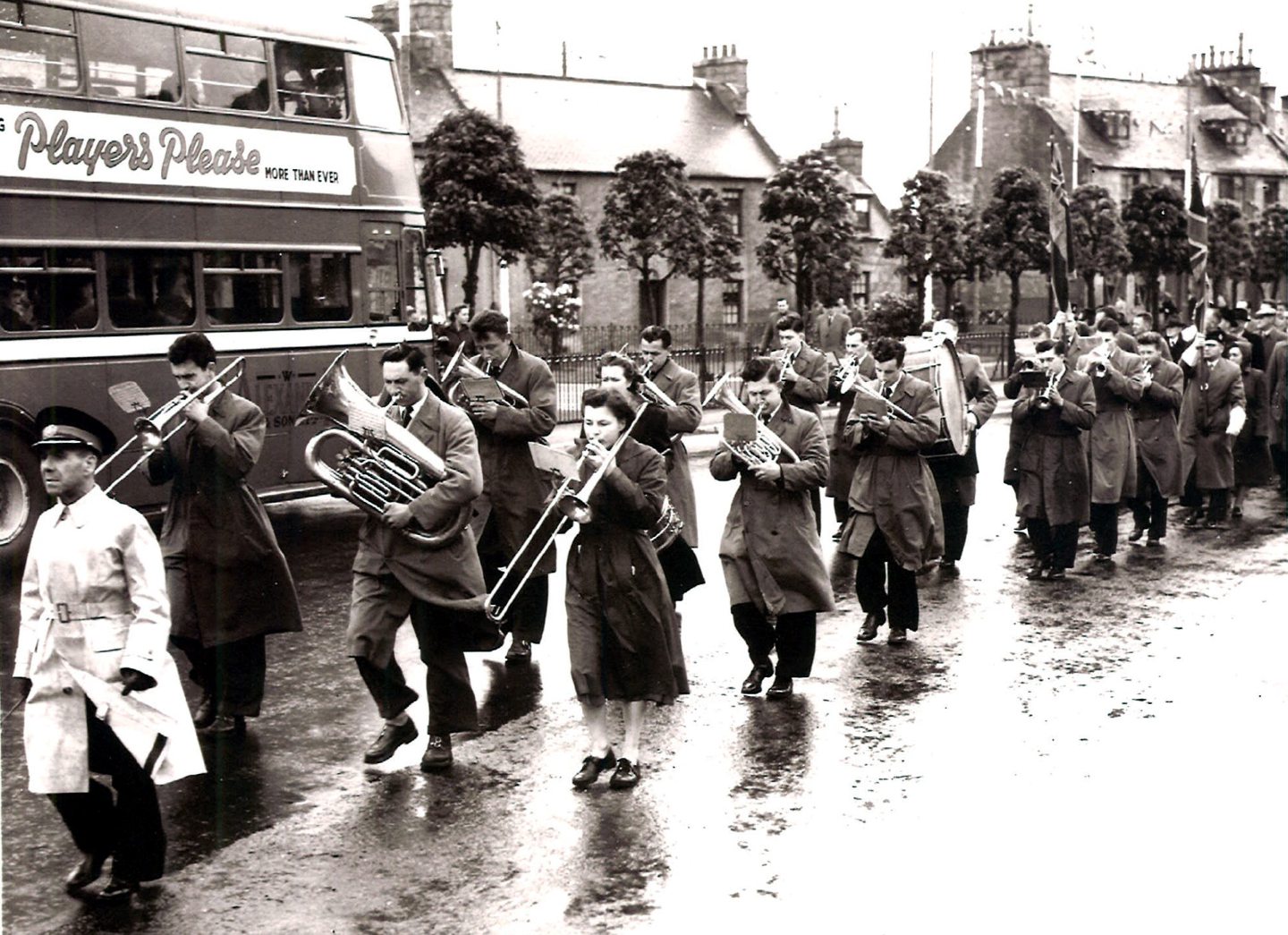
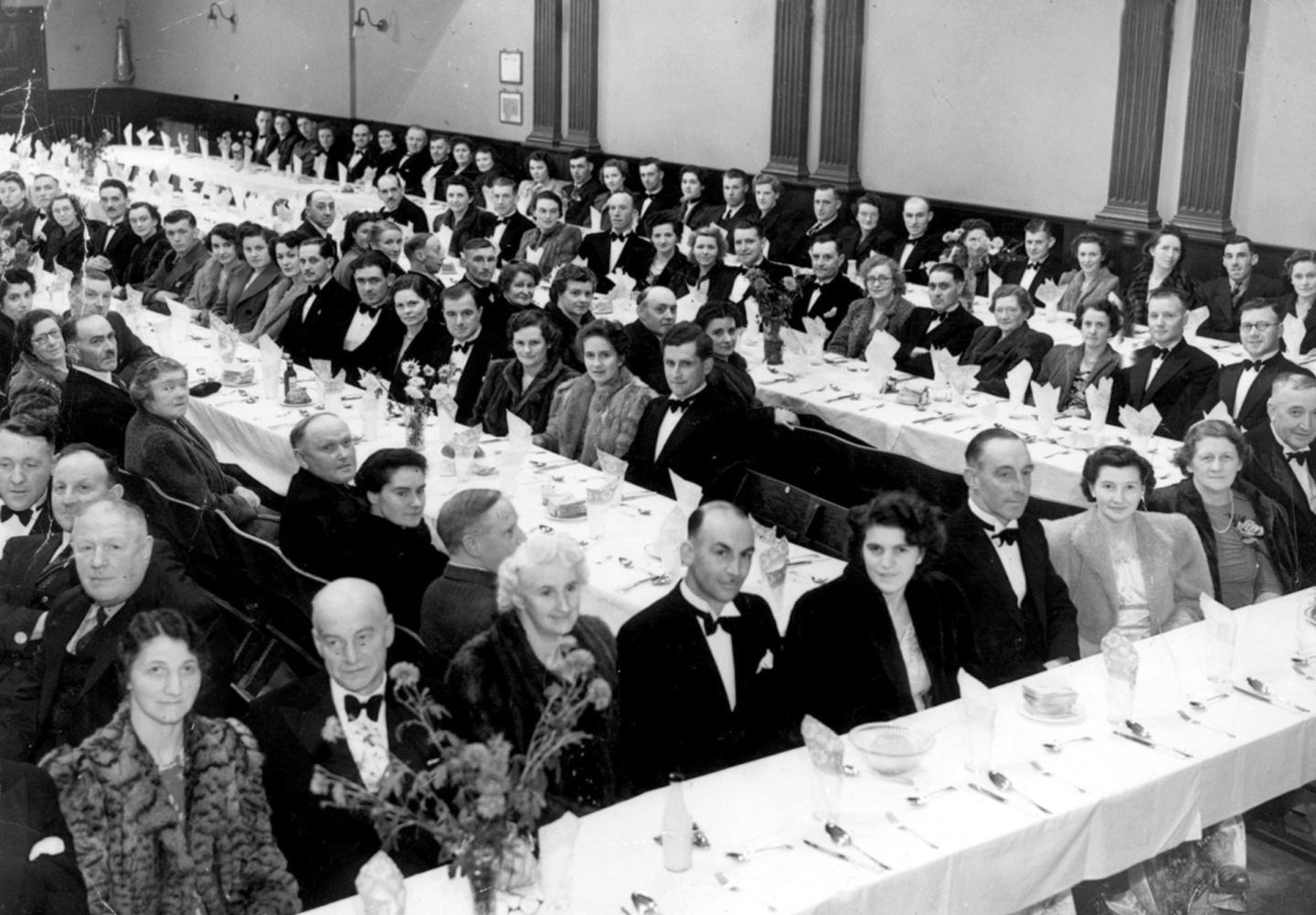
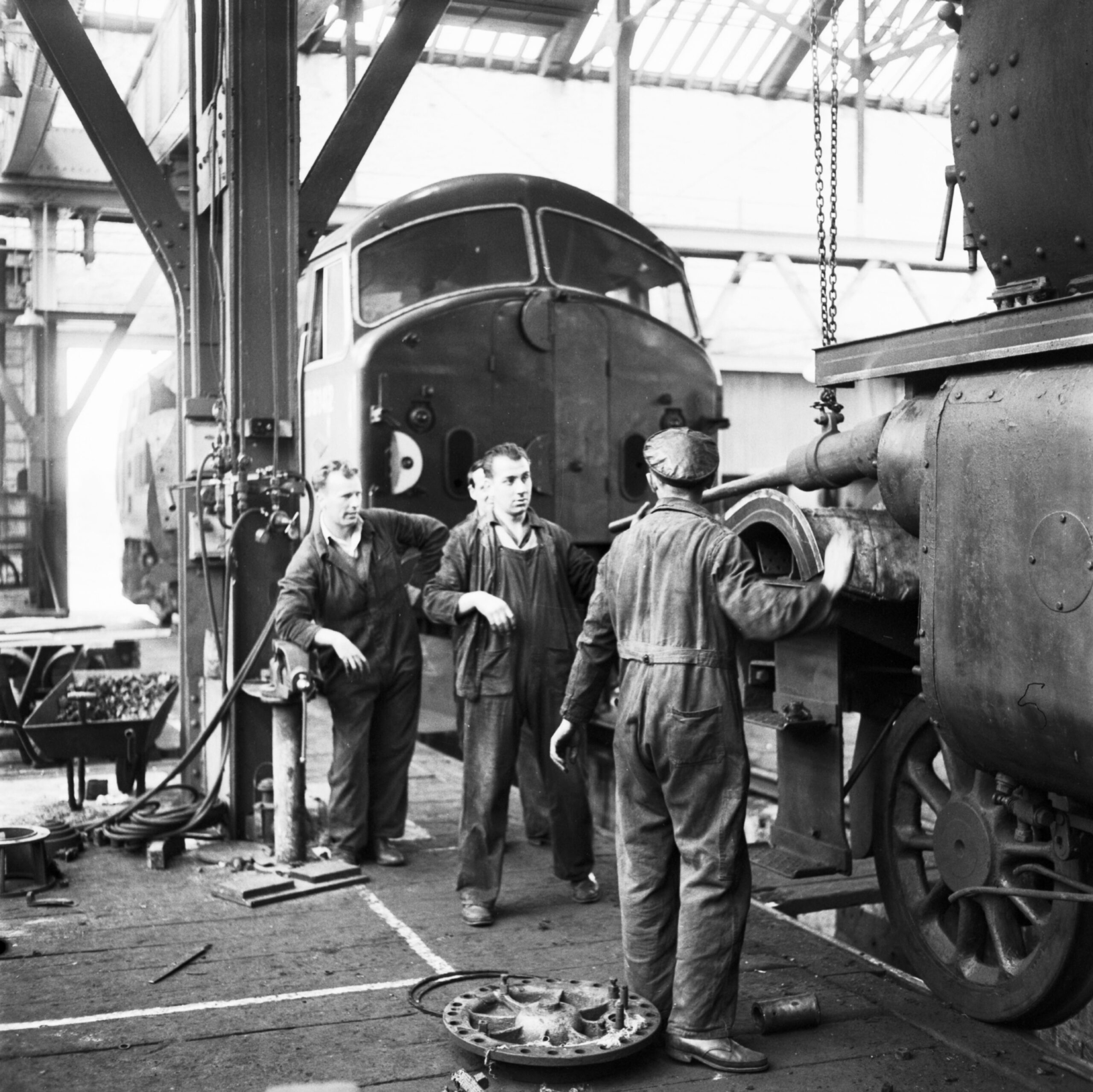
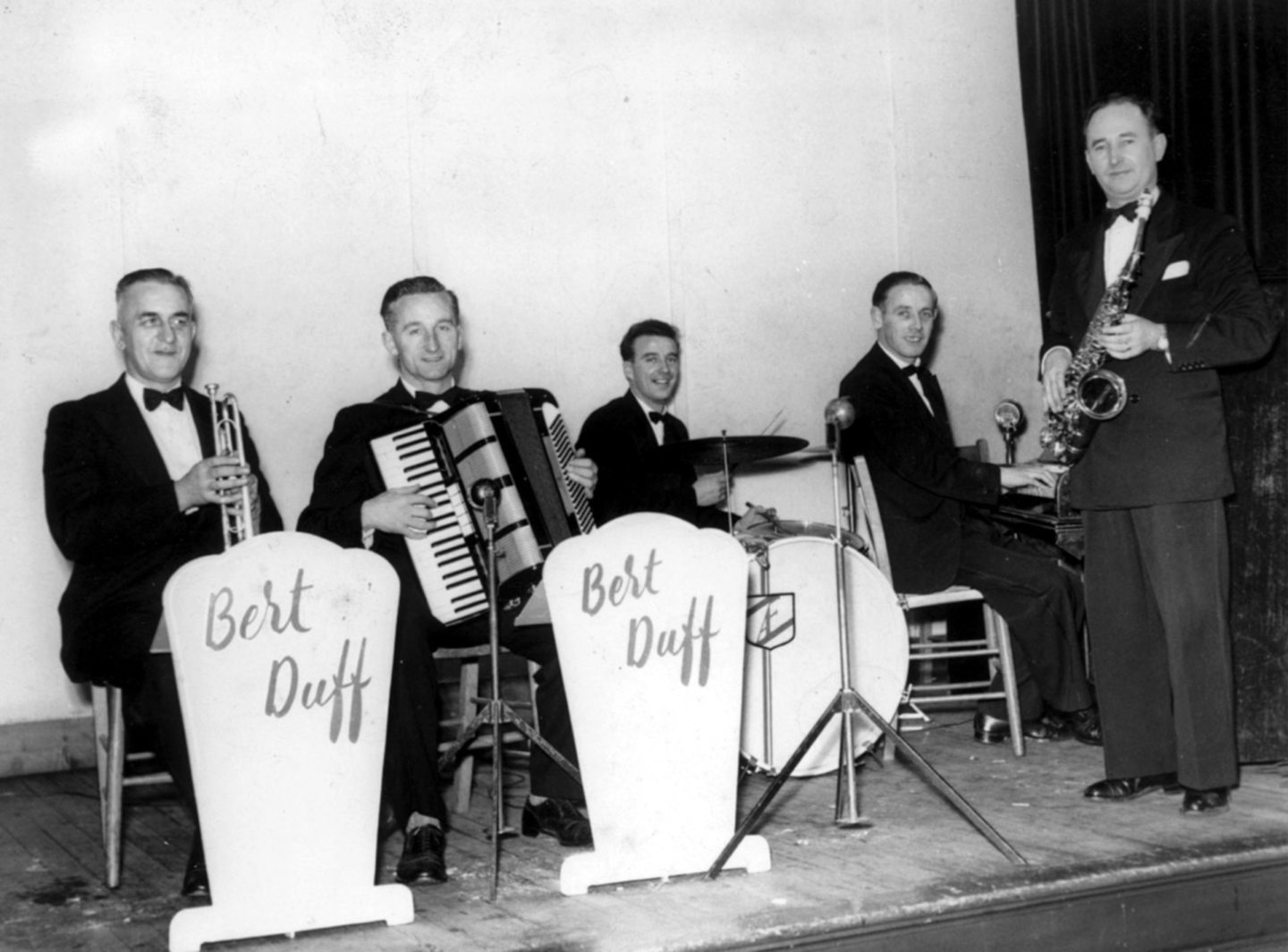
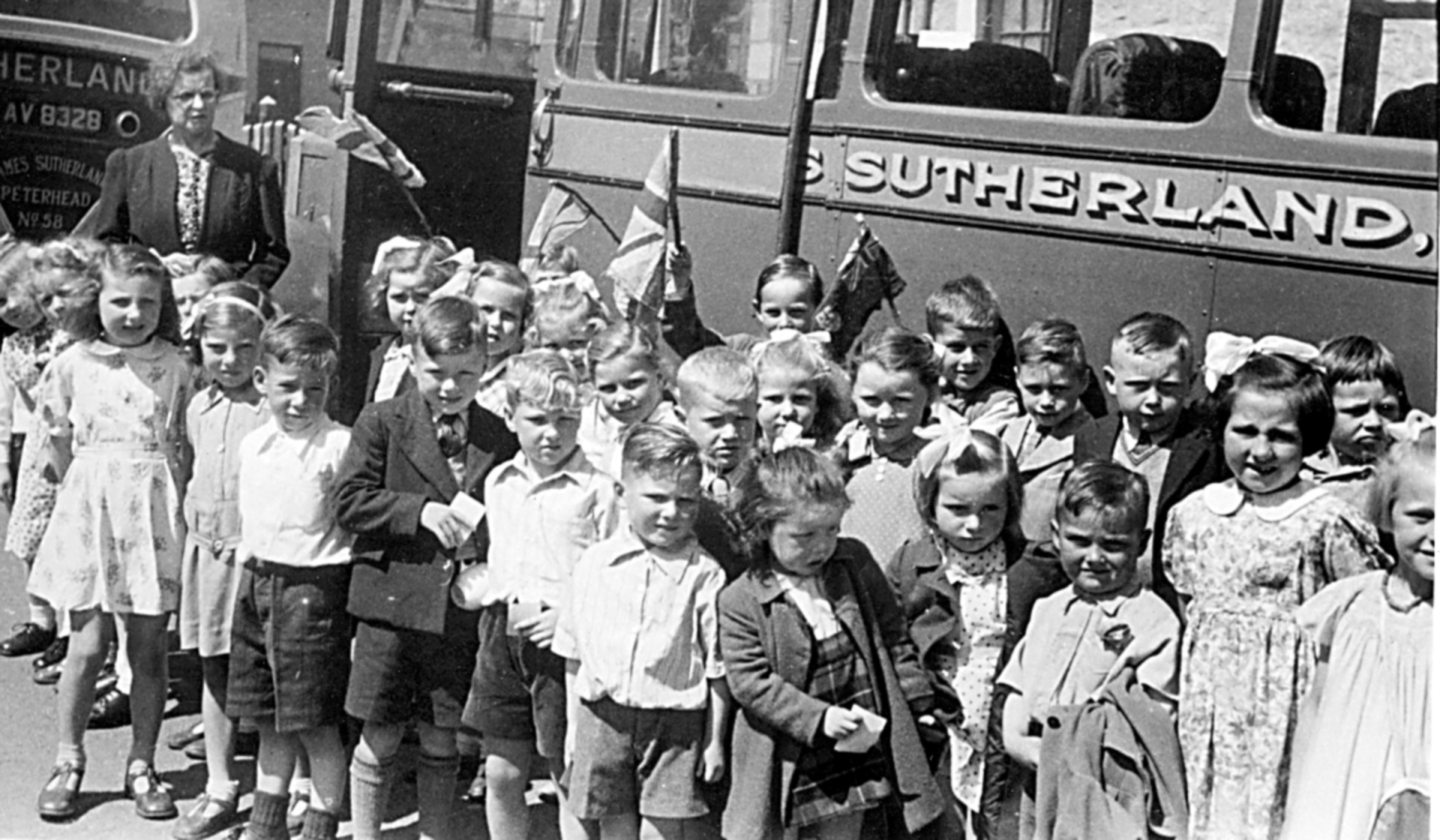
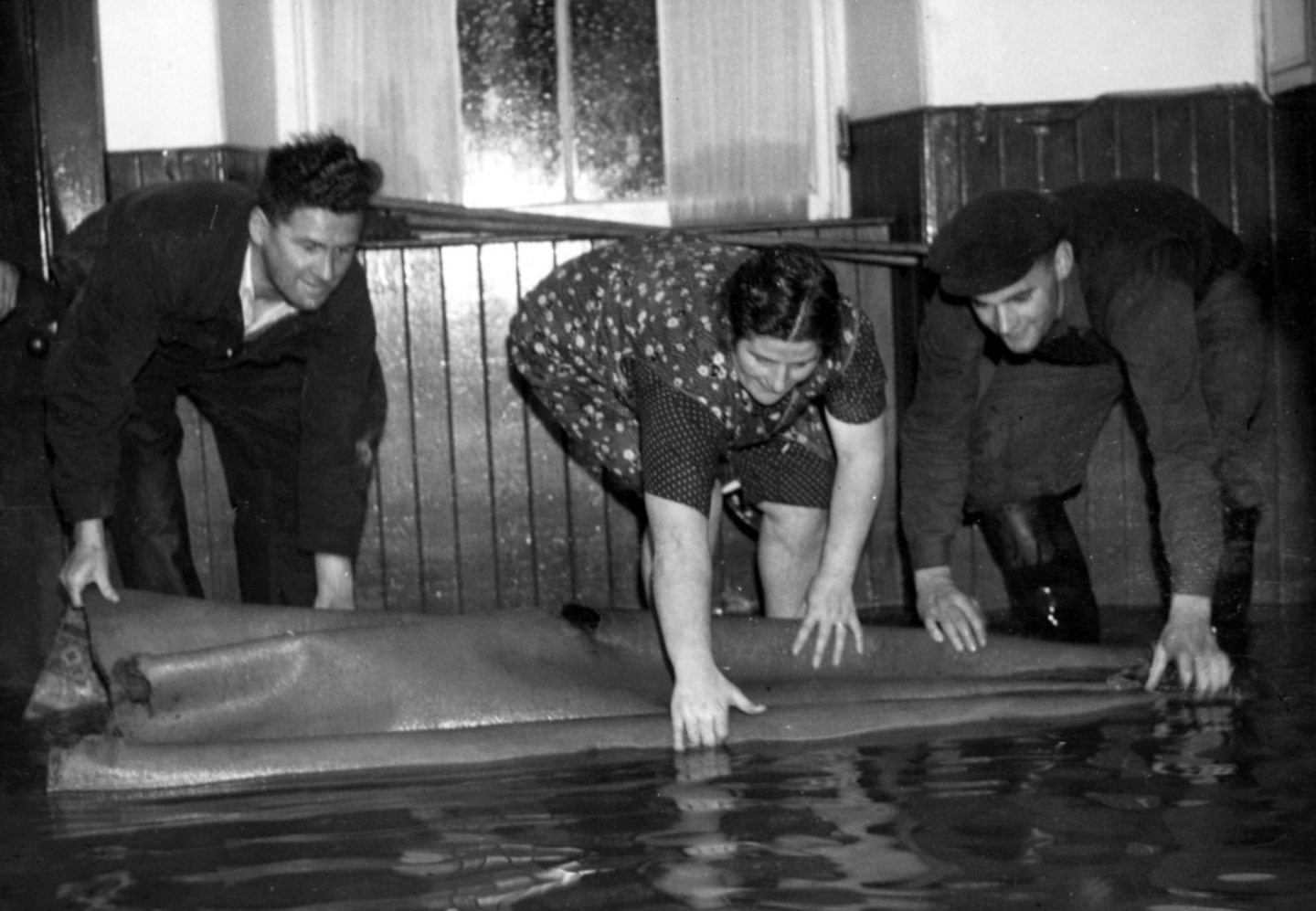
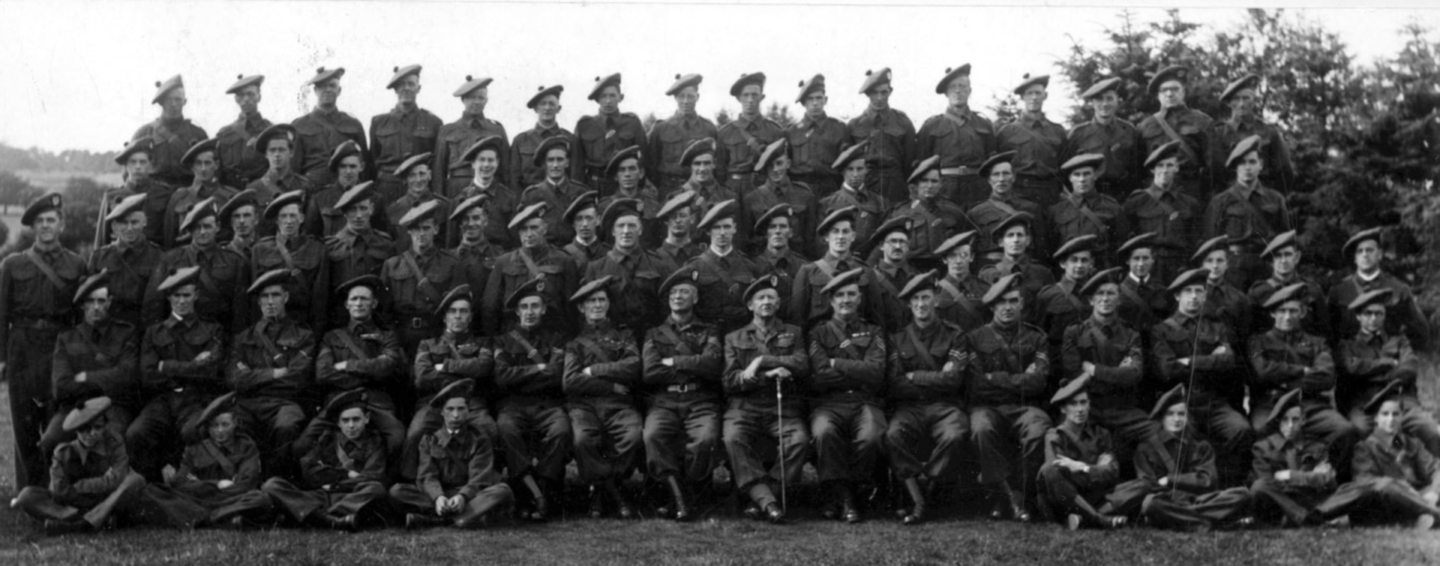
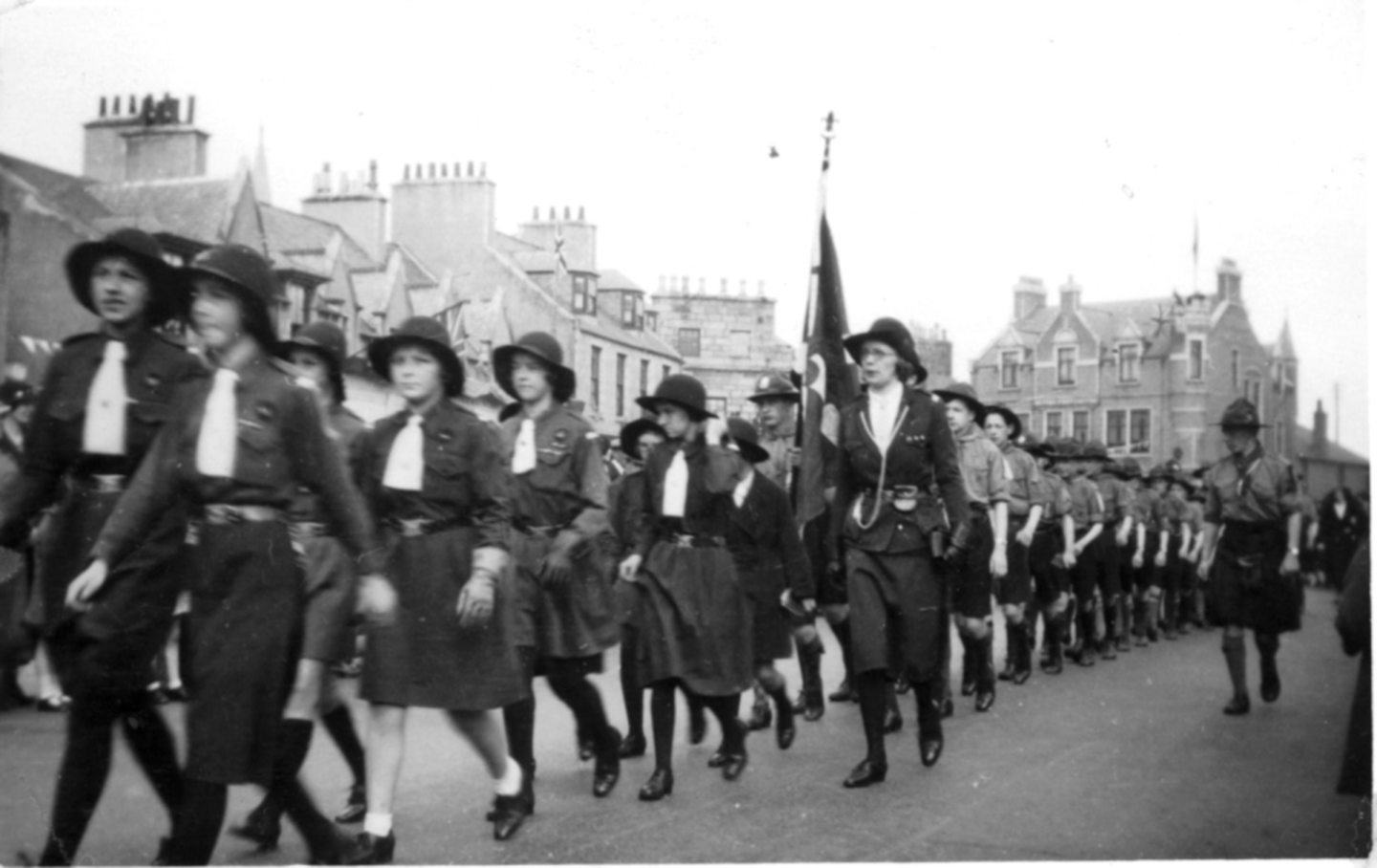
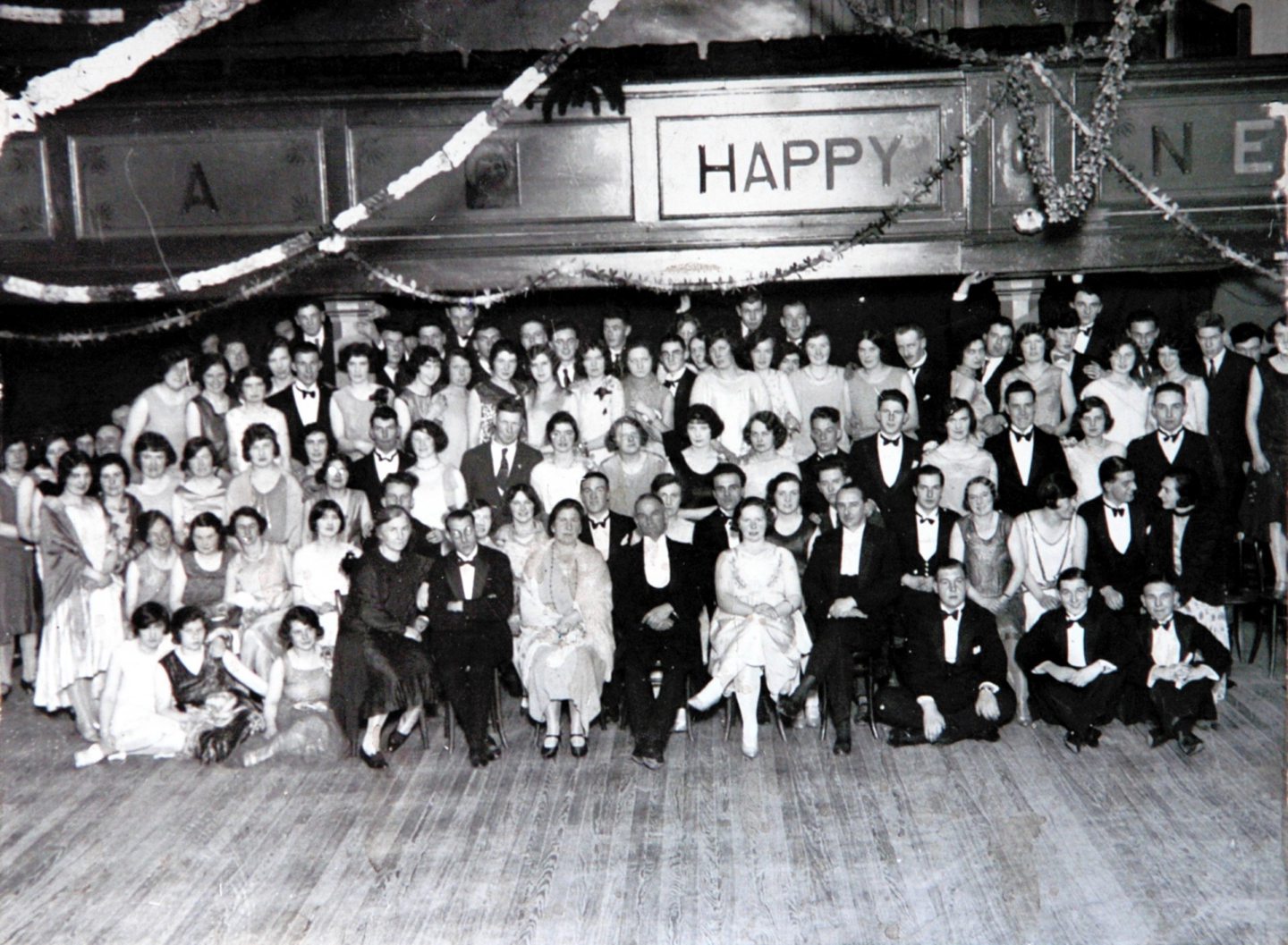
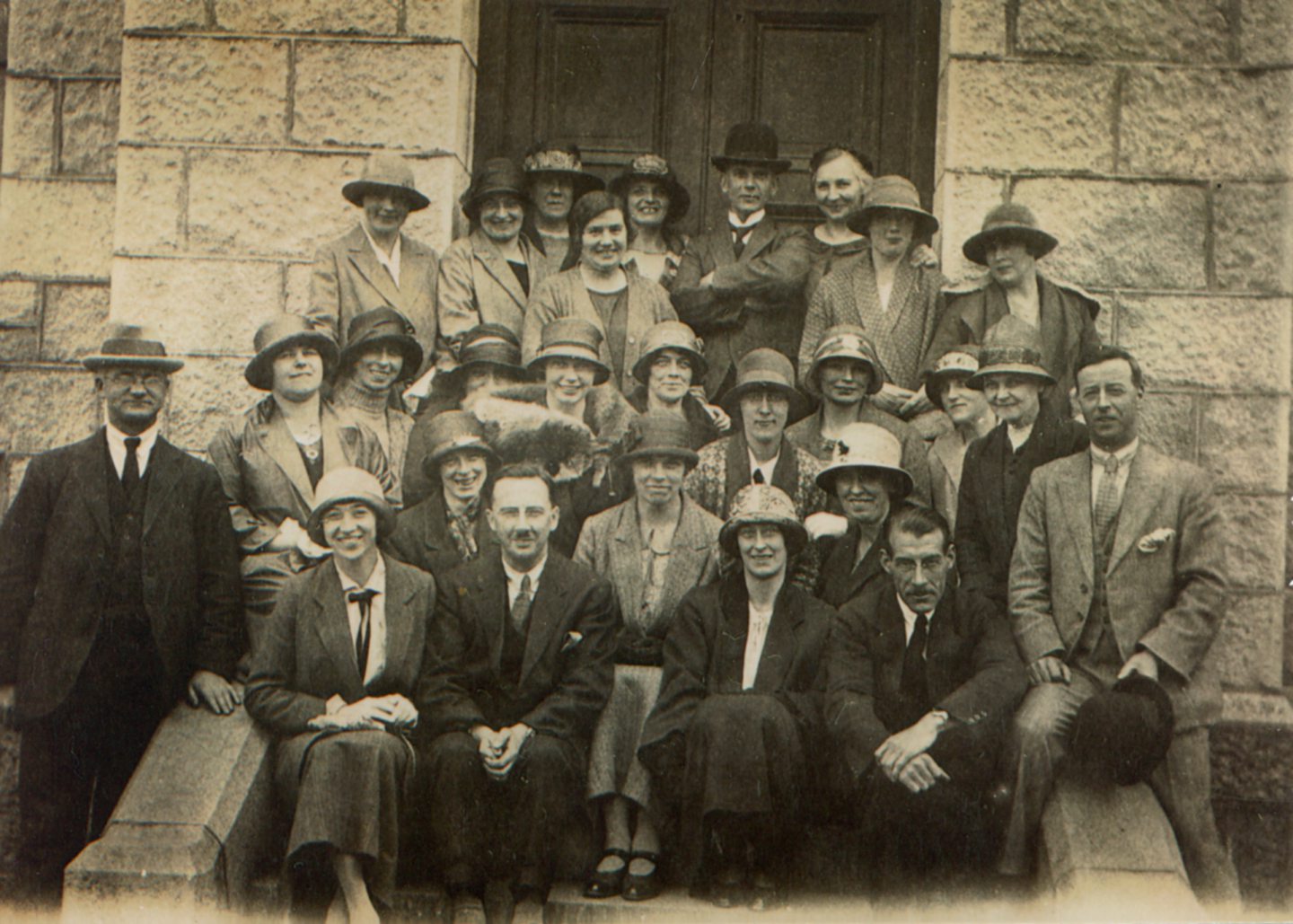
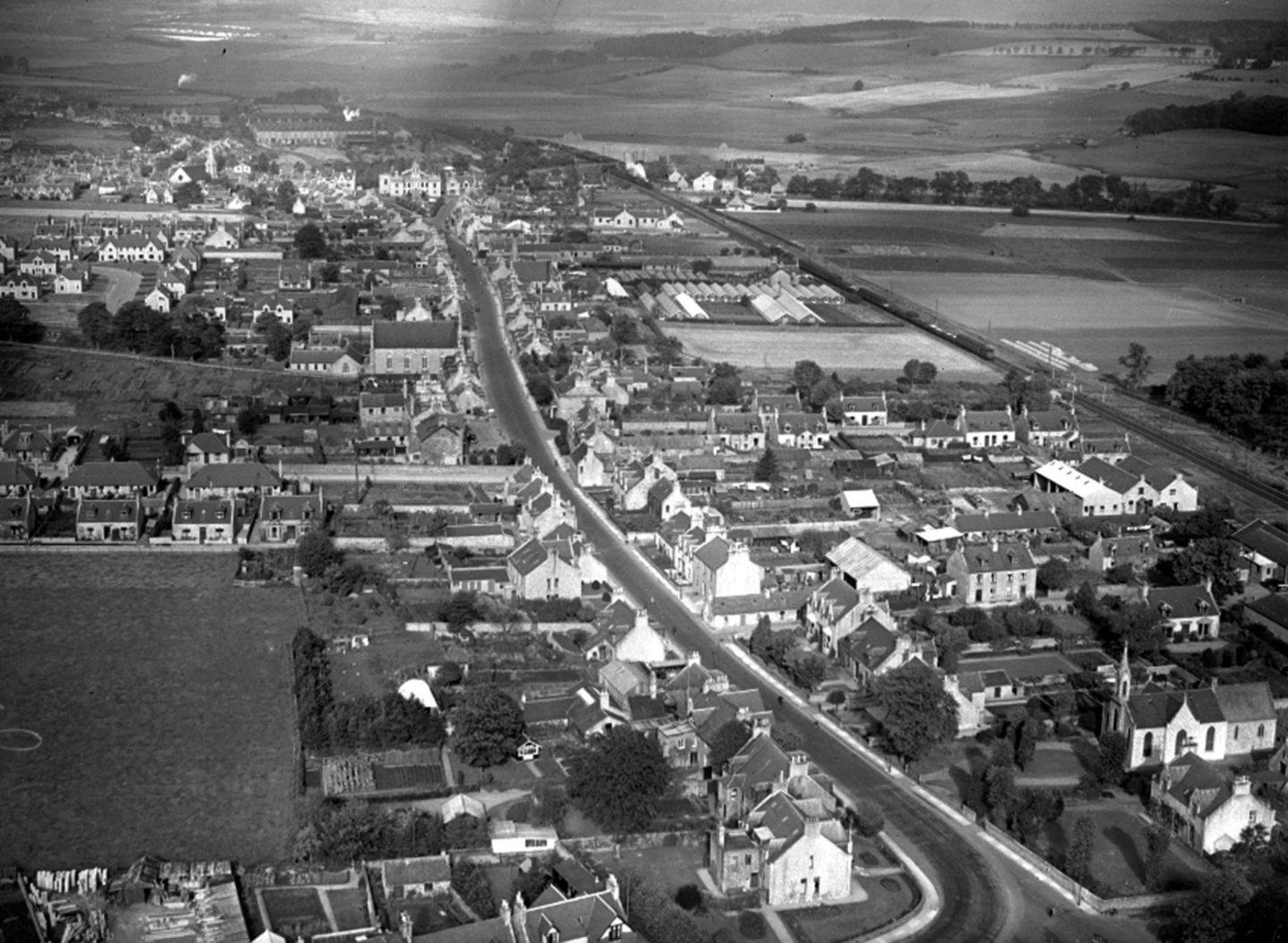
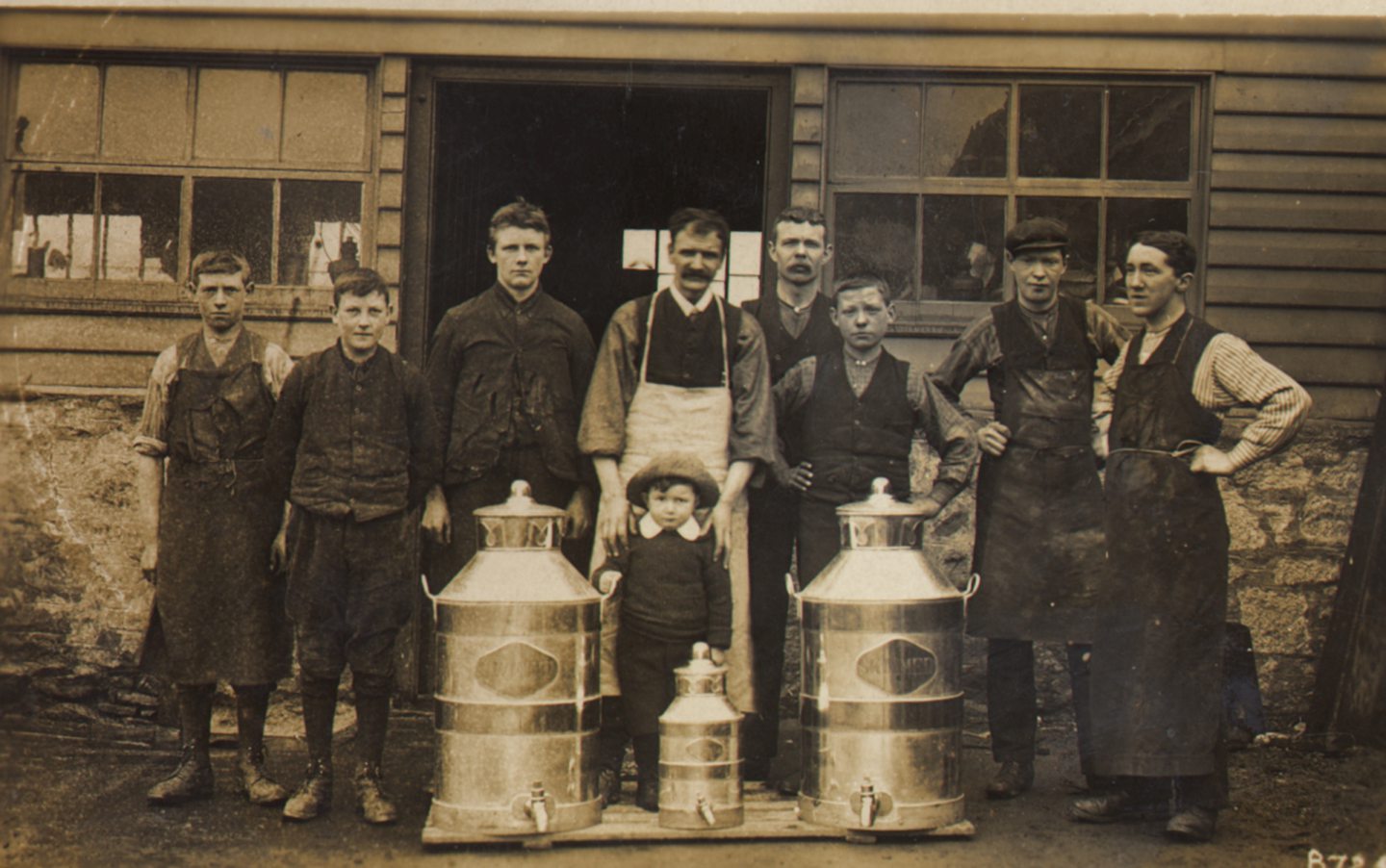
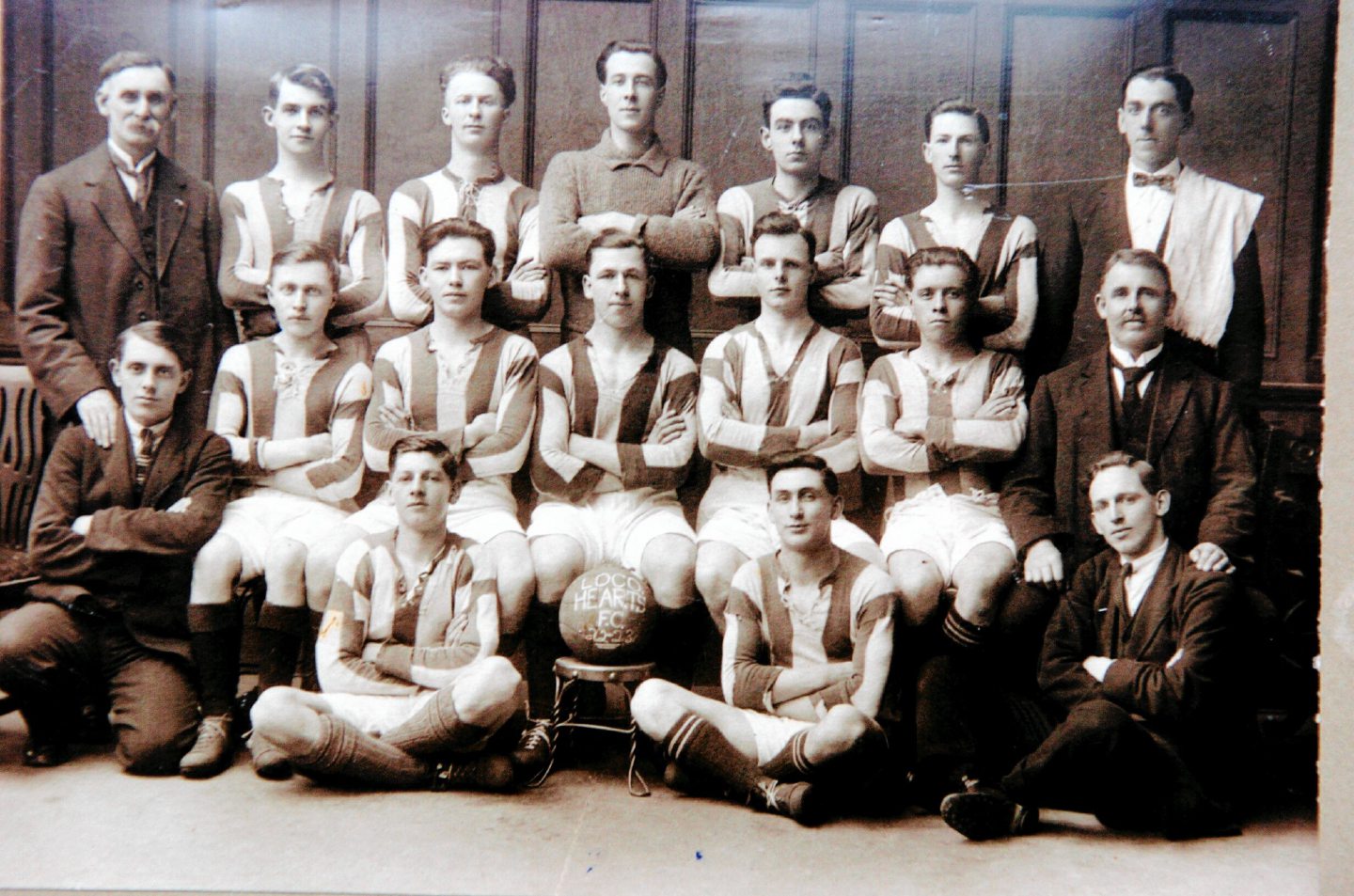
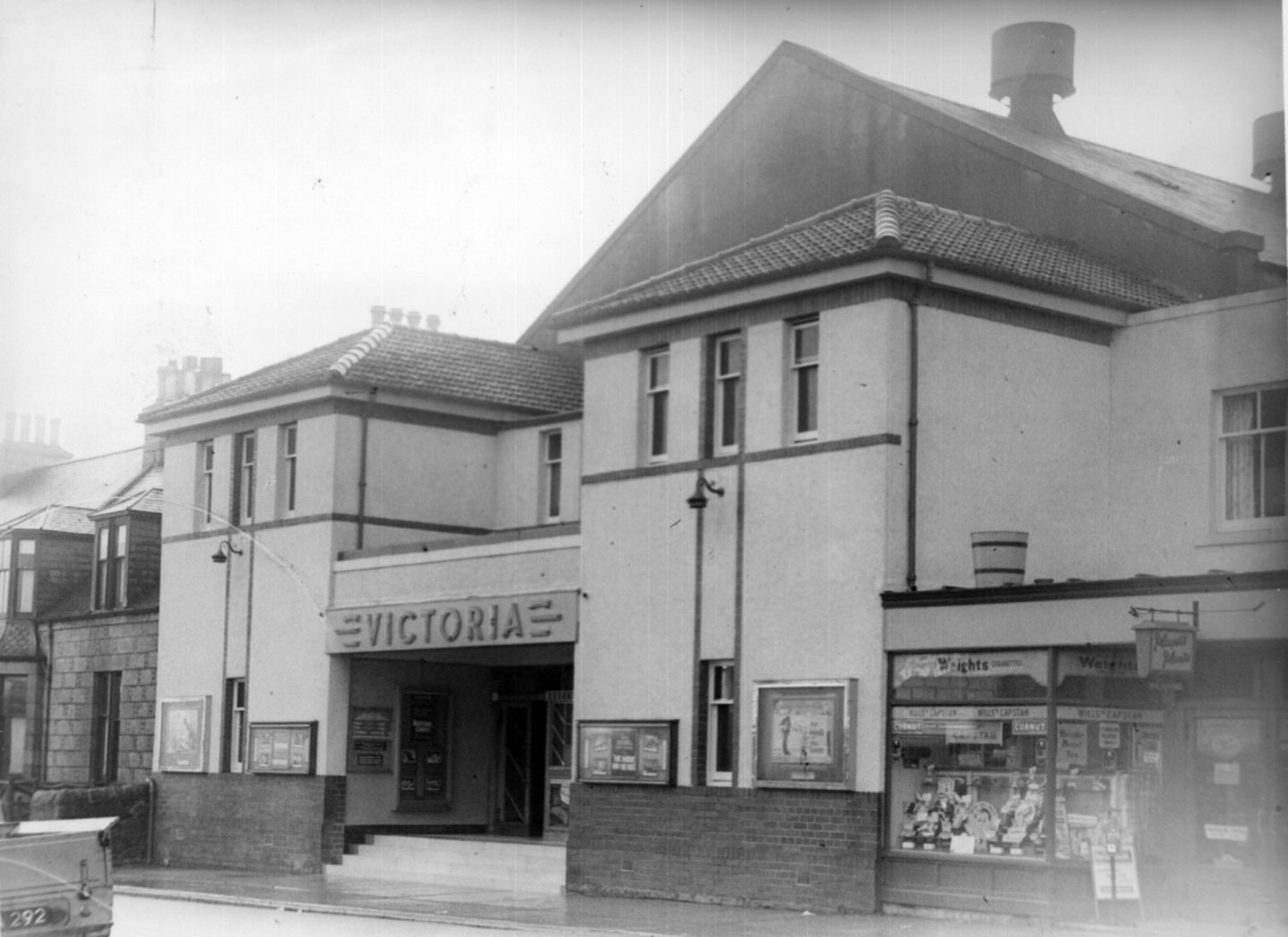
Conversation